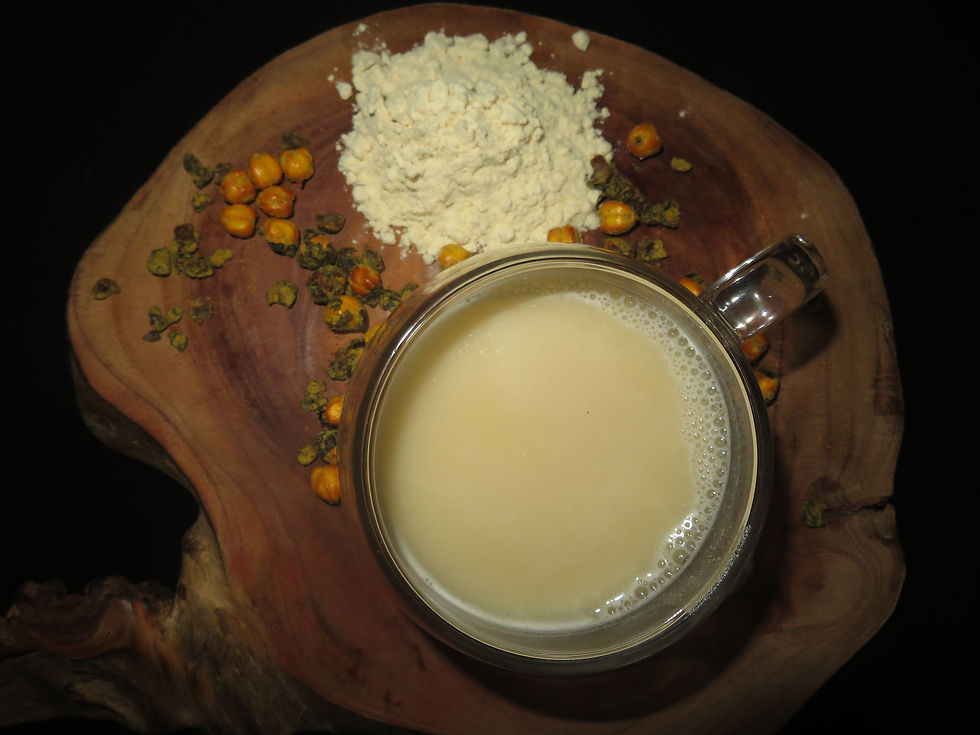The protein everyone forgot until they didn’t; Sattu
- mitu khaitan
- Aug 14
- 2 min read

For the longest time, sattu didn’t ask for much. No fancy packaging. No rebranding. No global wellness campaign. Just roasted gram flour, scooped into a steel dabba, sitting in the corner of kitchen shelves across Bihar, UP, Jharkhand, and parts of Bengal. Reliable. Quiet. Filling.
Now, suddenly, it’s trending. Sold in sleek pouches with “plant protein” written in large font, sattu is having a bit of a moment, the kind that makes your grandmother say, “I told you so,” while stirring it into water without measuring.
But let’s rewind. Sattu isn’t new. It’s one of the oldest functional foods in India. Known as the “poor man’s protein” because of its affordability and nutrition density, it powered labourers, farmers, and schoolkids long before protein shakes became aspirational. It’s made from roasted chana dal (sometimes barley), ground into a fine, nutty powder. Just mix it with water, a bit of salt, lemon, and maybe some cumin, and you’ve got a drink that fills you up, cools you down, and doesn’t taste like punishment.
Its protein content is impressive but sattu isn’t trying to compete with whey. It does its job with no fuss. No one’s yelling macros. It’s protein that feels like food, not a lab experiment.
And unlike most protein powders, sattu has roots, not just in crops, but in culture. It’s part of summer routines, train journeys, fasting meals, and political speeches. It’s also deeply local. In Bihar, sattu is used to stuff parathas, rolled into laddoos, or stirred into buttermilk. It isn’t a trend there, it’s Tuesday.
Now, as food startups try to “rediscover” it, sattu’s value is finally being recognised beyond regional kitchens. Which is great, but also a reminder that sometimes, the best solutions were already sitting on our shelves.








Comments